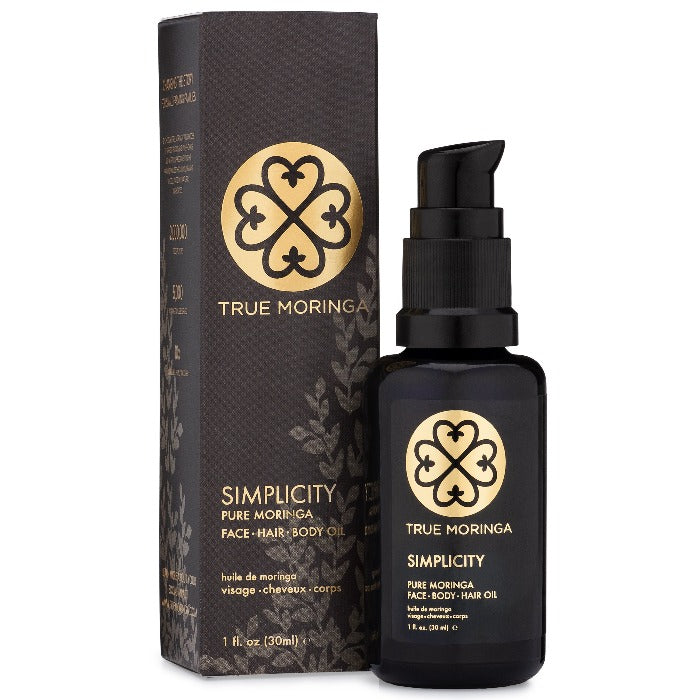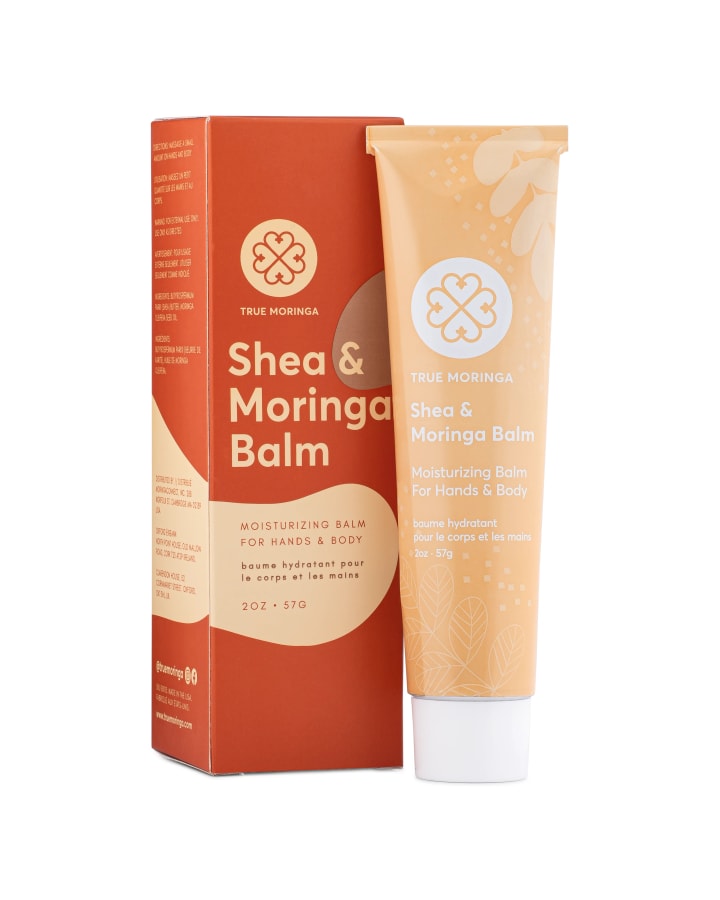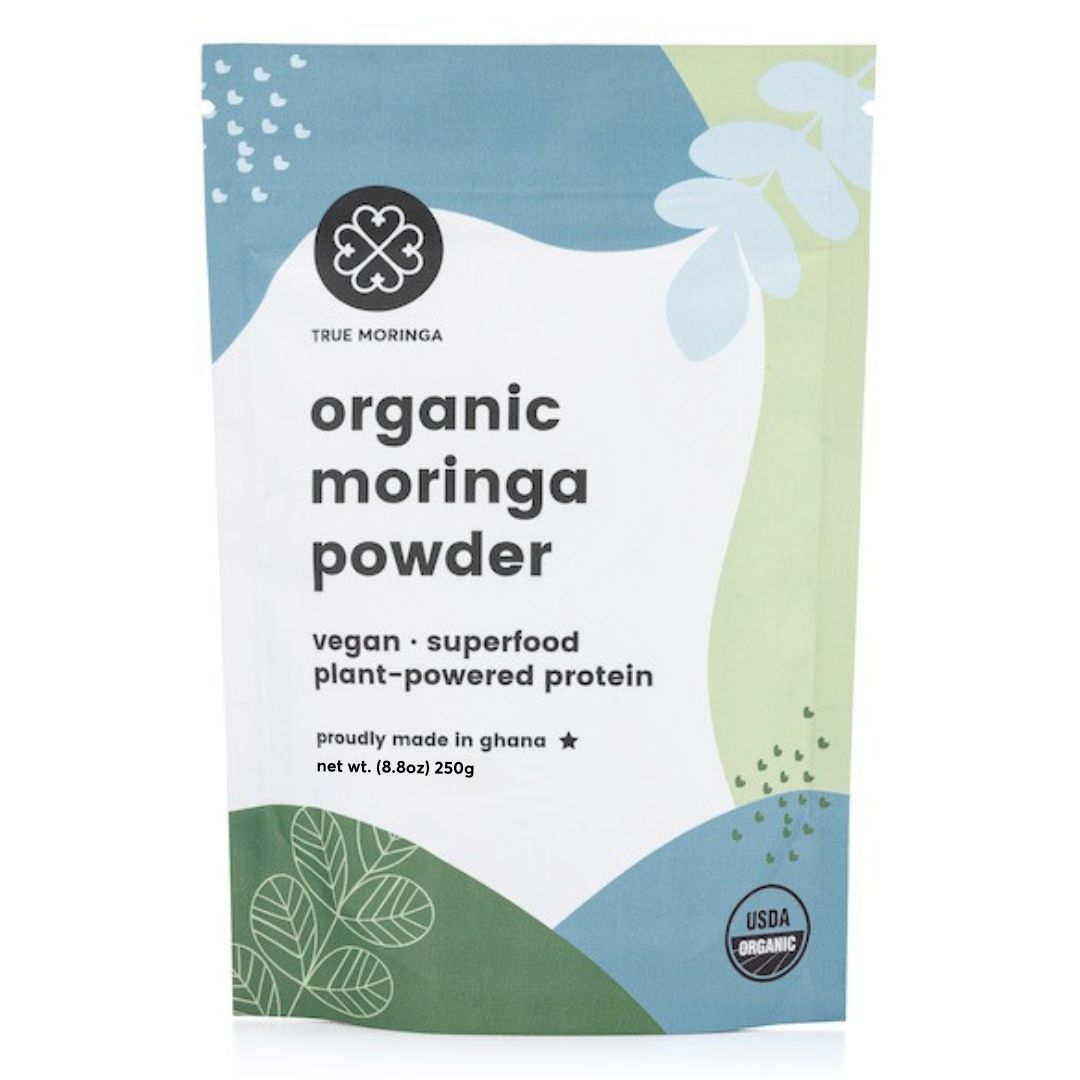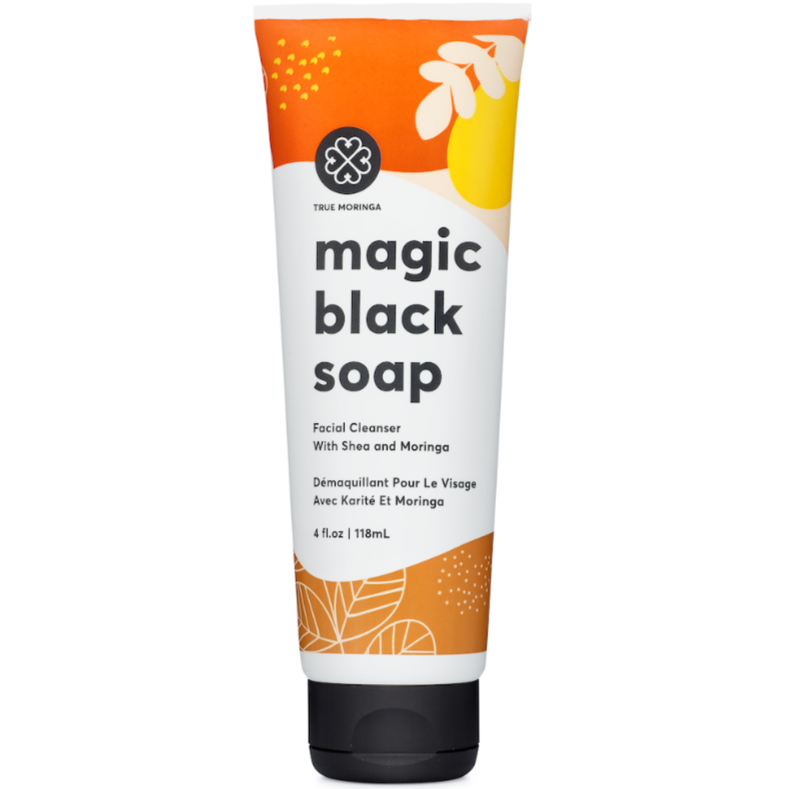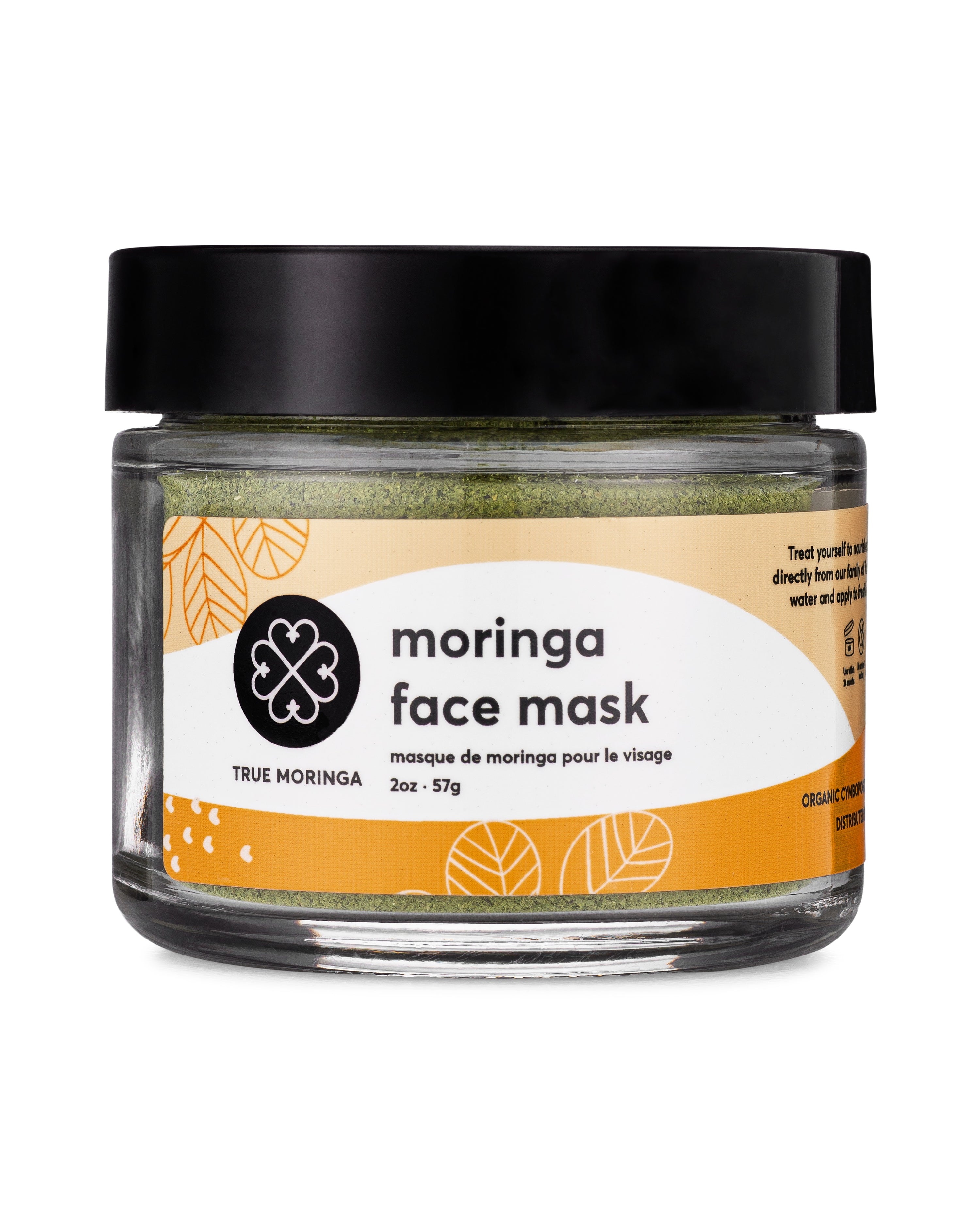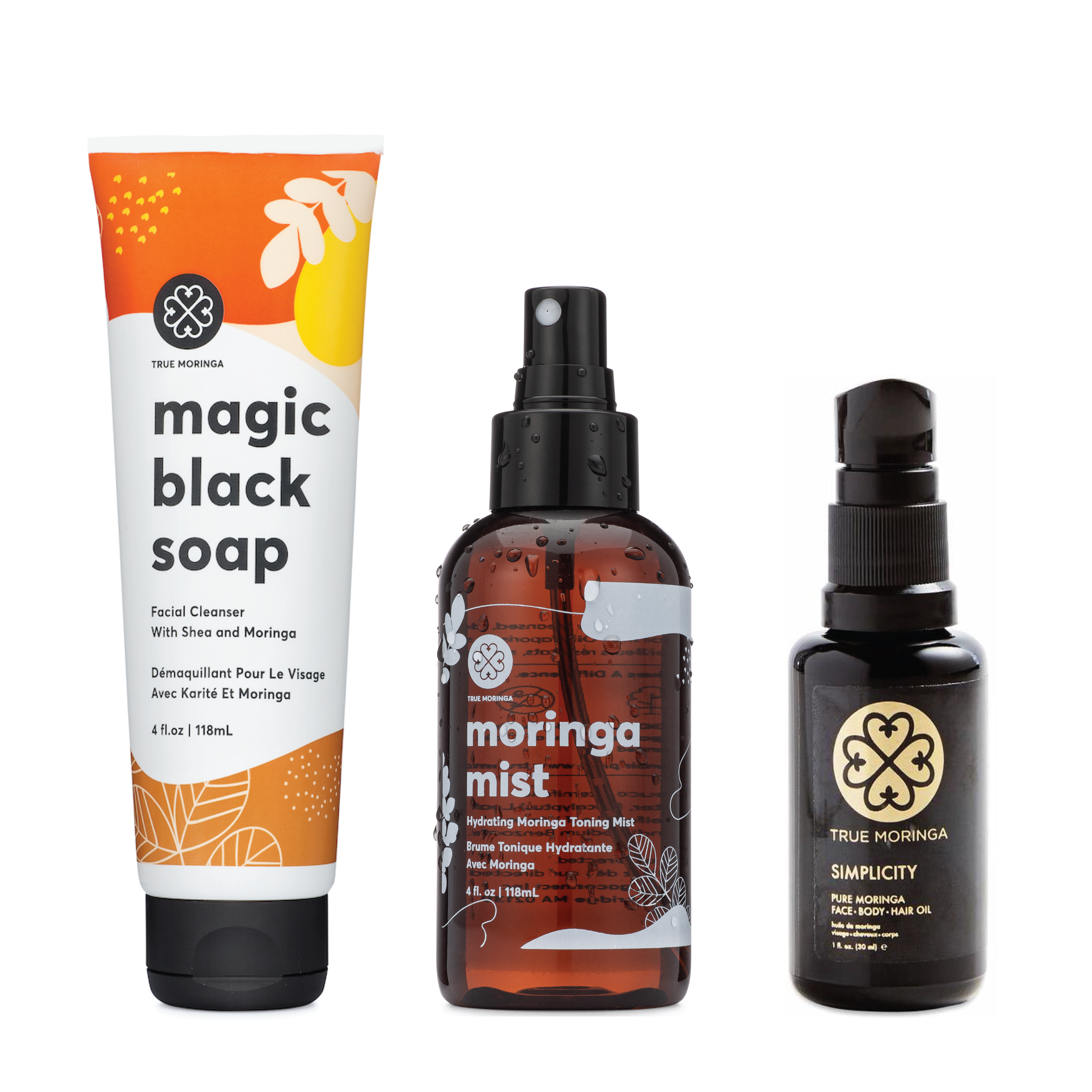
· By Carson Ross
The Trouble with Labels
There’s no doubt that consumers today are much more savvy than we used to be. People realize that purchasing decisions have an impact, and want to support businesses that are socially and environmentally ethical. But we’re also bombarded with so much targeted advertising that it can be difficult to make an informed decision. The sad truth is that as our demand for ethically sourced products has evolved, so have corporate marketing strategies aimed at capitalizing on socially conscious consumerism.
A lot of this comes in the form of greenwashing—which Google defines as “disinformation disseminated by an organization so as to present an environmentally responsible public image.” To decode some of that “disinformation,” let’s take a look at a few common certifications that are used to attract conscious consumers, despite higher prices, sometimes at the expense of more disenfranchised producers.
CERTIFIED ORGANIC
Organic agriculture has exploded across the US, and the world, over the last several decades, with positive implications for our health, livestock, and the environment—but the little green organic sticker on your apple or your eggs doesn’t necessarily mean they were produced more sustainably or have a smaller carbon footprint than their conventional counterparts. (Is it better to buy the certified organic asparagus that was grown in China and flown to the US, or the conventional asparagus that was grown with NPK fertilizer in California?)
Many ecologically minded small farmers can’t afford to go for the organic certification because of prohibitively high costs and stringent guidelines associated with it, or simply choose not to in order to retain the right to use a fungicide or antibiotic to save their crops and livestock in the (not uncommon) event of an outbreak. In short, the FDA requirements for organic certification actually favor big agribusinesses that can afford the premium, extra labor associated with meeting regulations, and to take a hit now and then when a disease threatens their output.
This doesn’t mean that most of the organic food you come across isn’t grown with care, in an environmentally conscious manner--it probably is. But when Costco and Walmart are the biggest sellers of organic produce, you know the little guys are getting squeezed out.
NON-GMO
Non-GMO is essentially an empty label that exploits the modern person’s lack of understanding of food systems and agricultural history. The truth is that genetic modification of plants has taken place in various forms for centuries—in fact, since the first agrarian civilization took root.
GMO in the modern sense actually refers to a few very specific modification processes that are only used on certain crops. While it’s true that some of those modifications (think BT soy) contribute to poor agricultural practices, there is no conclusive evidence that GMO crops have any negative health effects, whatsoever.
Further, the non-GMO label is slapped on all sorts of products to give consumers the impression that it is somehow healthier or better, when in fact for many of those products a GMO counterpart doesn’t even exist. How’s that for false advertising?
FAIR TRADE
Used to support underrepresented workers in the world market and protect them from economic exploitation, Fair Trade focuses on commodities that are produced in the developing world and exported to richer countries.
However, there are questions about whether the Fair Trade movement is reaching the most vulnerable populations, as it claims is its goal. Because of the commodity focus, the countries which are most impacted are in Latin America, where poverty and inequality undoubtedly exist, but does not include most of the world’s Least Developed Countries. There are also hurdles like the cost of certification and certain guidelines, similar to organic certification, which further imply a bias against people living in extreme conditions.
The biggest problem with all these labels and certifications is that they cut the conversation short. Our lives would all be easier if things could be labeled “made in a sweatshop” or “50 oz of water were used to produce this 12 oz bottle of water." Unfortunately, labels aren’t that straightforward. It’s our responsibility to do our research to discover the narrative of the products we rely on—to find out where they come from, how they’re produced, and whether there is a net positive impact from their production, especially when it comes to the products we put on or in our bodies or provide to our families.

